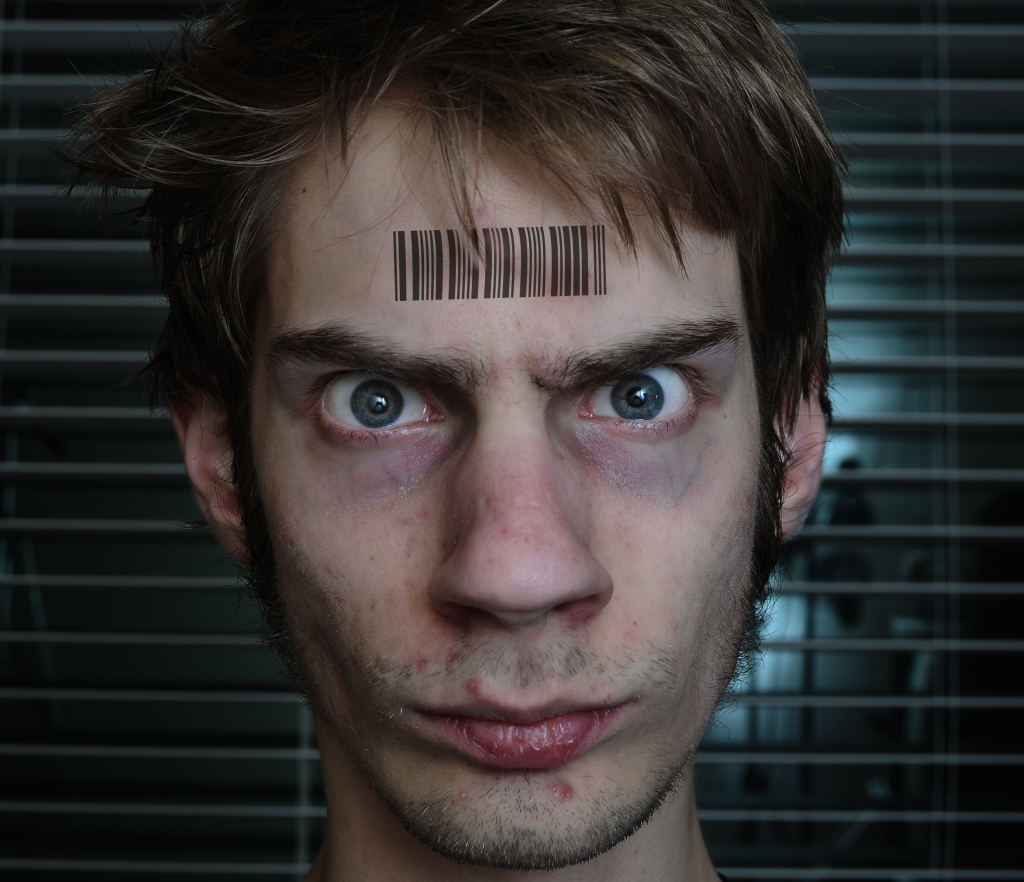By Phil La Duke
Author: Stop! Don’t Shoot. Preparing for and Surviving Mass Shootings and Rampage Attacks https://a.co/d/2uUPQj4
I Know My Shoes Are Untied! Mind Your Own Business. An Iconoclast’s View of Workers’ Safety.
Lone Gunman: Rewriting the Handbook On Workplace Violence Prevention
Blood In My Pockets Is Blood On Your Hands
Contributor: 1% Safer

It can be tough working in the safety field. Mostly because of behavior. That’s right I said the “B” word, but I haven’t suddenly found Krause or anyone else from the Behavior Based Safety Patheon of ninnies. No, this came from some deep soul-searching. There are safety guys (this is a gender-agnostic term—look it up) who wear steel-toed shoes, hearing protection, work gloves, and long-sleeved shirts and pants to mow their lawns, but there are a lot more safety folks who behave in ways that they would never condone from employees in the workplace.
I’m not immune—I speed while driving, and I don’t inspect every tool for damage before I use it. I suspect there are two kinds of safety practitioners: hypocrites and liars.
First, let’s talk about the hypocrites. I am one of them. I will routinely point out hazards in the workplace that I wouldn’t even notice at home or if I did notice them they wouldn’t stop me from doing the tasks at hand. I have used a butter knife as a screwdriver, a credit card to scrape the frost from the windshield, and…well the list goes on and on as I suspect it does with most of you reading this.
So how can we critique the safety of the behaviors of workers—not just with the inane practice of formal feedback on behaviors—but also in those companies that don’t have a BBS system in place? Nobody talks about it much but people tend to see other people’s failings as the direct result of those people’s poor choices. Broke? You should have saved more. Unemployed? There are plenty of people looking to hire, who fell and cracked your skull on some uneven pavement? You should have watched where you were walking. Bit by a dog? You should have known better than to try to pet it. We routinely blame the victim while claiming that the bad things in life that befall us are acts of God. (For the record, I don’t believe in freak accidents or so-called “act of God injuries”. If God wants to mess you up then there is nothing I can do to stop it—I’m not getting in the middle of that.) When we get hurt because of the logical consequences of our own negligence we whine about the injustice of it all. I think this double standard is the root of much of the resentment people have toward safety practitioners. The people on our worksites know and usually have witnessed the safety guy doing something stupid or dangerous.
So why then would they listen to the dimwit when he or she tells them not to do something?
As for the liars…these are the people working in safety who tell themselves that they would never admonish someone for doing something they themselves had done. Unlike so much safety this isn’t just (perceived) a quick fix. For the most part, we lead by example, at least we try, and if we can’t get it right we at least will go a little easier on those workers who get hurt doing something similar.
Nobody likes a hypocrite or liars, especially in a position of power or authority and too many of us are both hypocrites and liars. I don’t like that, but I can’t walk away from it. I simply try to live by example—for example, when I am on a movie or television location I wear every article of PPE that could be required of me (thankfully I don’t work at heights.) Why would I subject myself to this (especially in the baking hot sun?) because when I do no one can ask me “why do I have to wear…when you aren’t?’ When they see me suffering in the gear they appreciate it and tell me so. We all need to work on the examples we set. What’s more, sometimes regulations will require workers to do/wear things that are ridiculous. When I am asked why we have to do it, I simply tell them that it is required by law and we can’t pick and choose which laws we follow; at least at work.
Warning: What follows may just teach you something but you won’t get any CEUs for it, you’ll just be better educated and informed but seriously who wants or needs that?
Mass shootings are on the increase, and so too are the charlatons giving bad advice to make a quick buck. What we are doing isn’t working, but we can’t give up. There are plenty of things we can do to predict and prevent mass shootings and rampage attacks. The so called experts, are still hawking the “run, hide, fight back, and GOOD LUCK” model of survival even though it doesn’t seem to have worked all that well. I am not pro or anti guns—a third of Americans own gun, and two-thirds of gun owners already have multiple guns. Most gun owners are law abiding and responsible citizens. But rampage attackers don’t need a gun—are we going to pass legislation to outlaw cars?
Before you dismiss this as yet another shameless plug for my book I want you to ask yourself these questions:
- What if anything is my employer doing to reduce its risk of a workplace attack?
- Do the people who are doing the hiring at my workplace know the warning signs of a workplace attack?
- What can I do to prevent workplace violence?
If you don’t have the answer to any of these questions, use your Amazon gift card to buy the book. It can be purchased in hardcover or paperback at Amazon or Barnes & Noble
I should warn you, this isn’t a book that is pro- or anti-gun ownership rights. The book has extensive sections on spotting an unstable employee (some people’s lives will take a dark and desperate turn long after you have hired them but there are always signs), the types of work environments that tend to trigger these events, and I recently returned from Dublin, Ireland where I spoke on how companies can leverage technology to protect workers from workplace violence. But all the books, magazines, and speeches in the world won’t change a damned thing if you keep thinking that it can’t (or probably won’t) happen to you or someone you love. You can bet your life that we will see more similar shootings in the weeks or months as people who are currently on the brink of sanity see the news reports and think, “Now’s the time”. WAKE UP, PEOPLE!!!! This book is peppered with the sarcasm, and self-deprecating humor of the first book, but it also makes use of my extensive knowledge of violence prevention in the workforce (that I gained as head of training and OD for a global manufacturer.) You should buy it.

